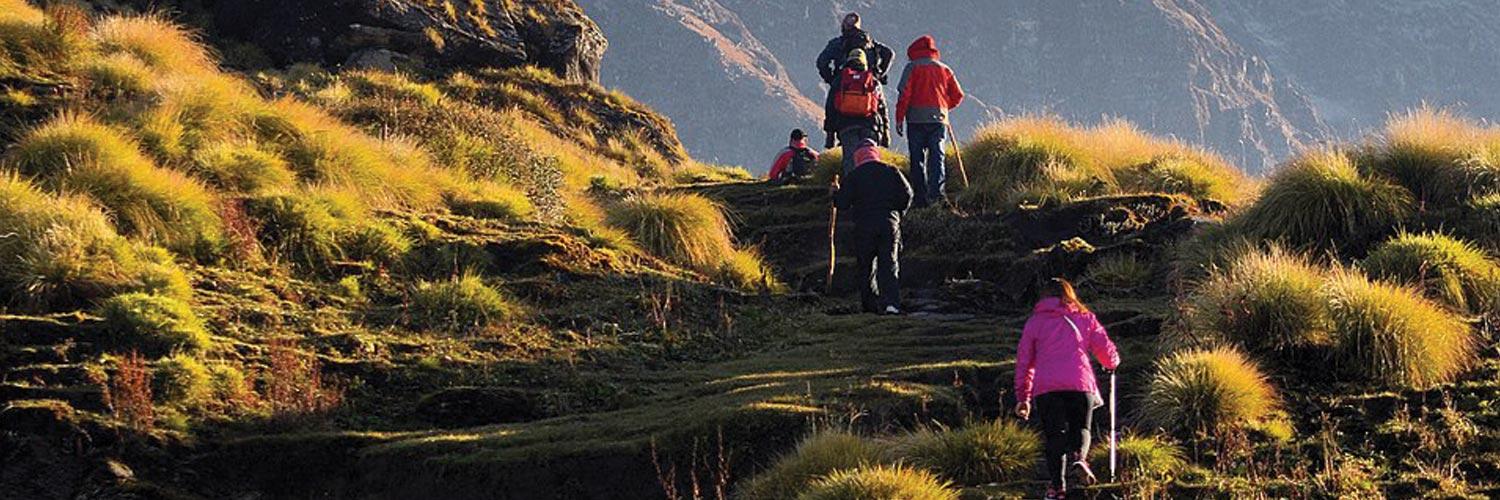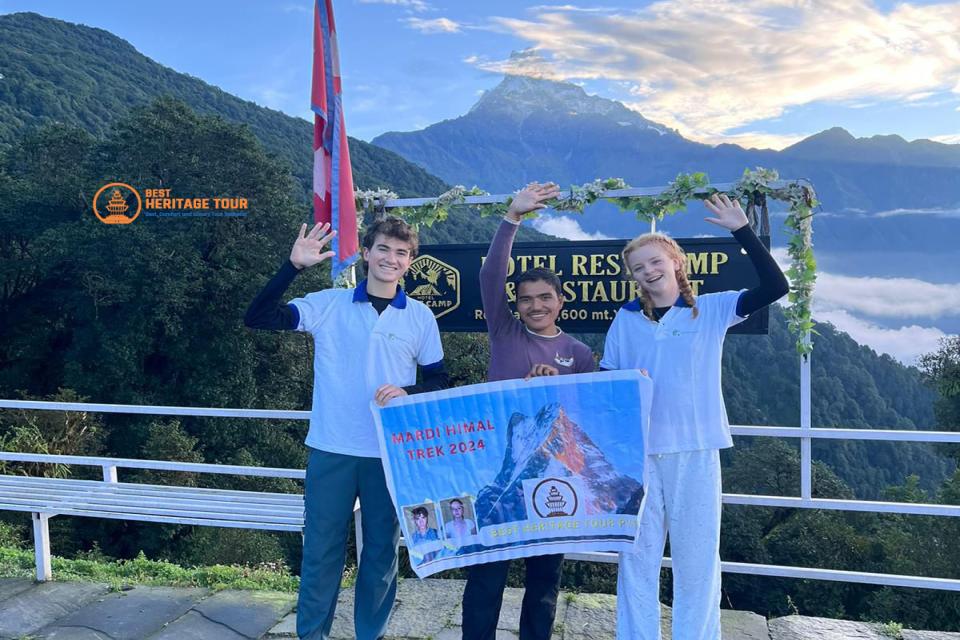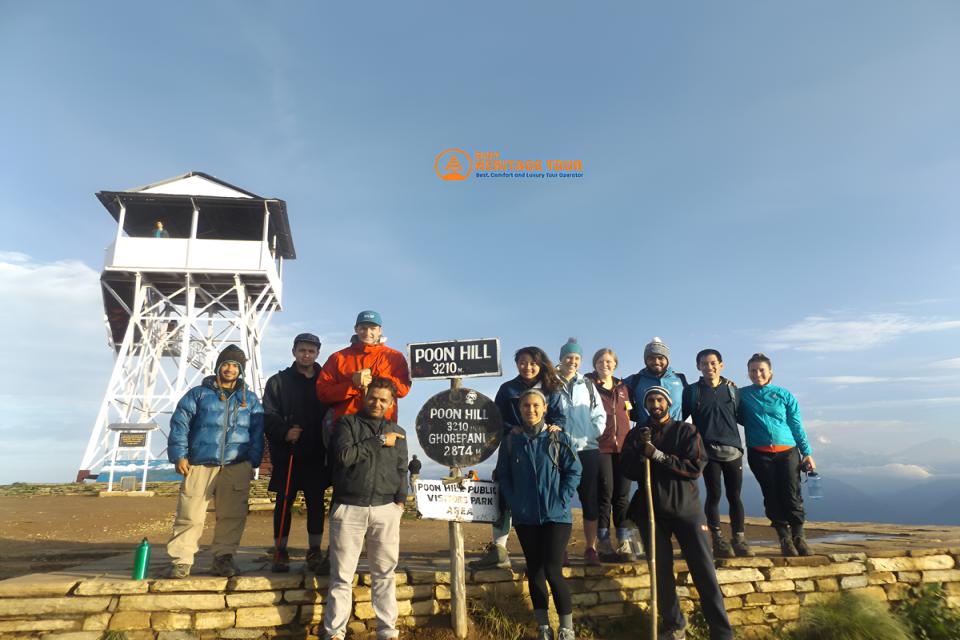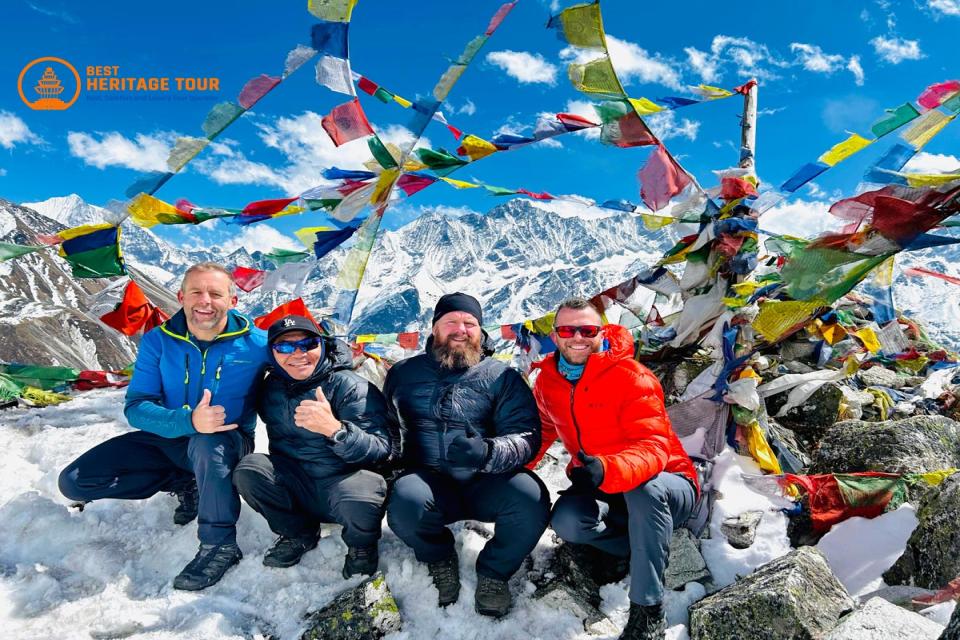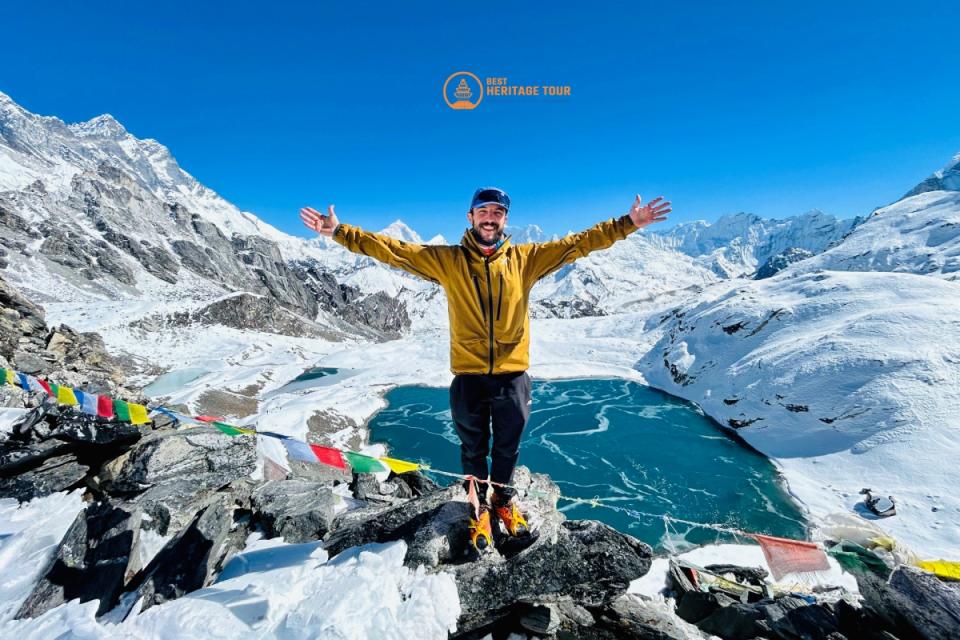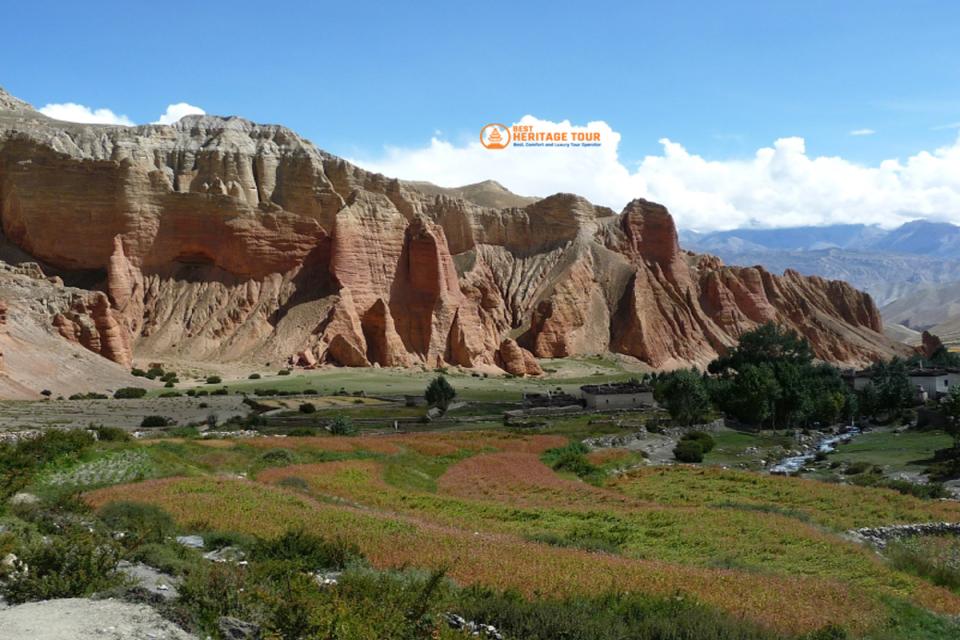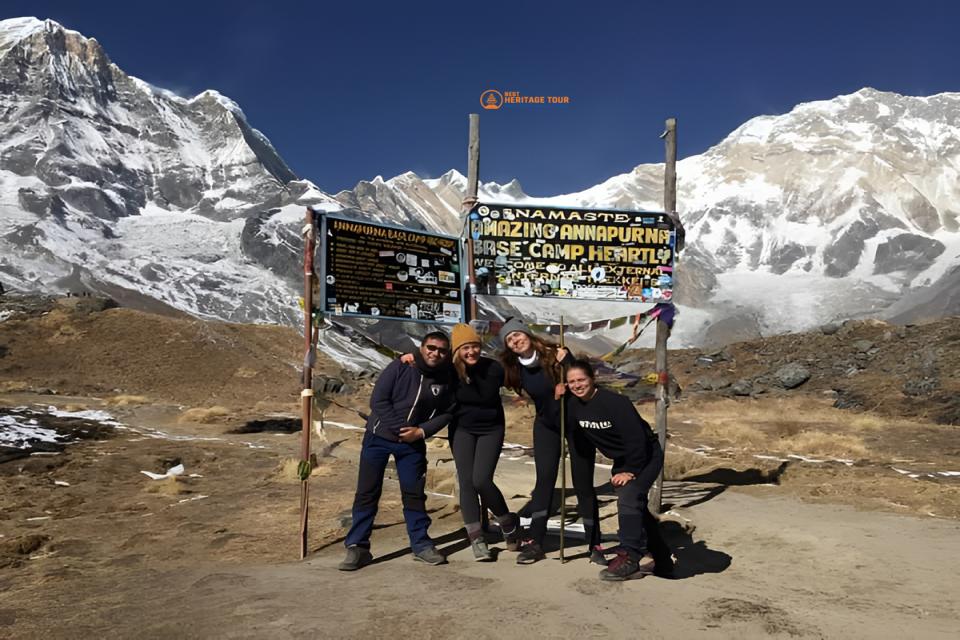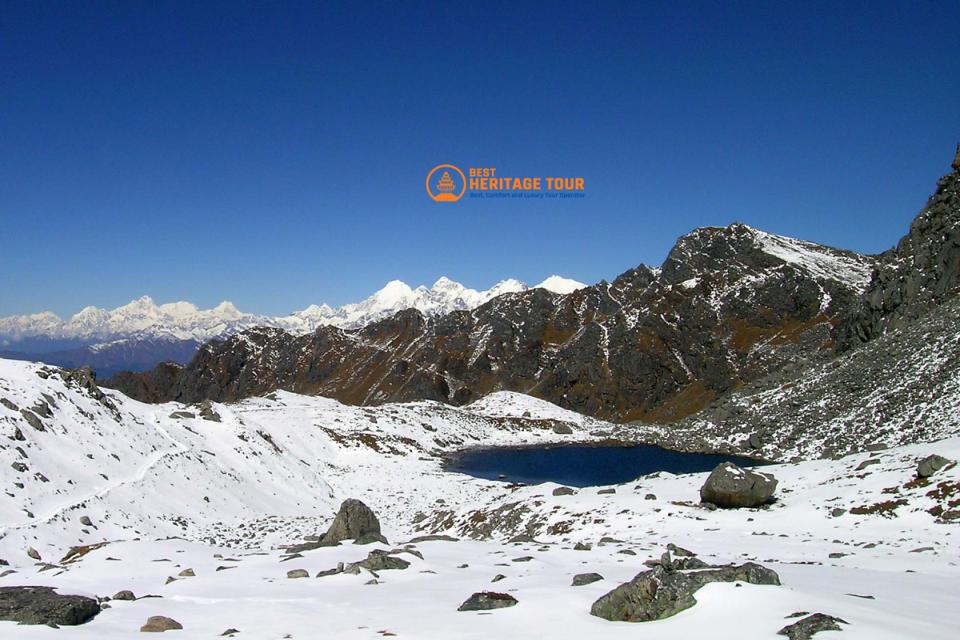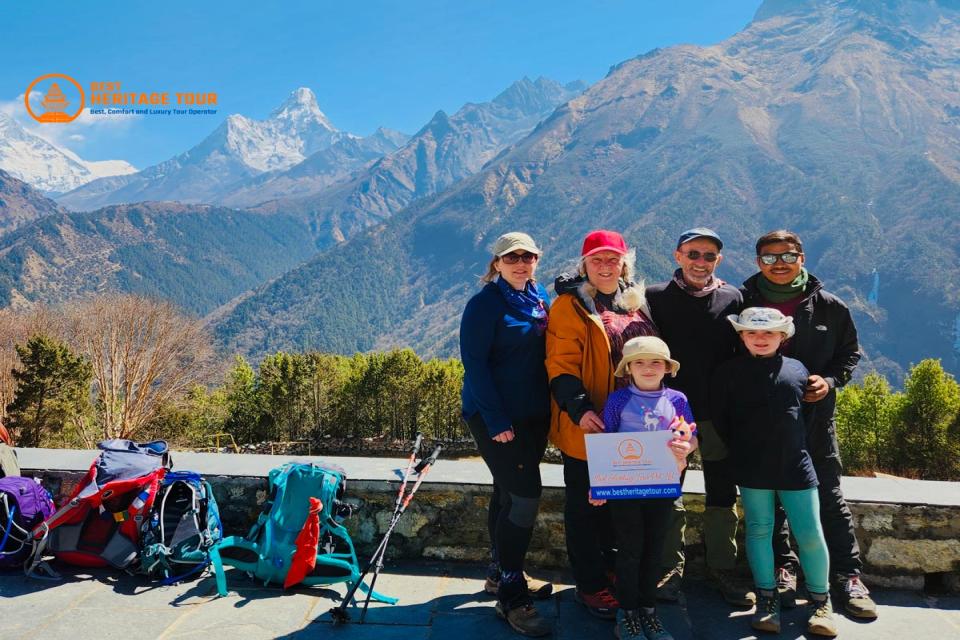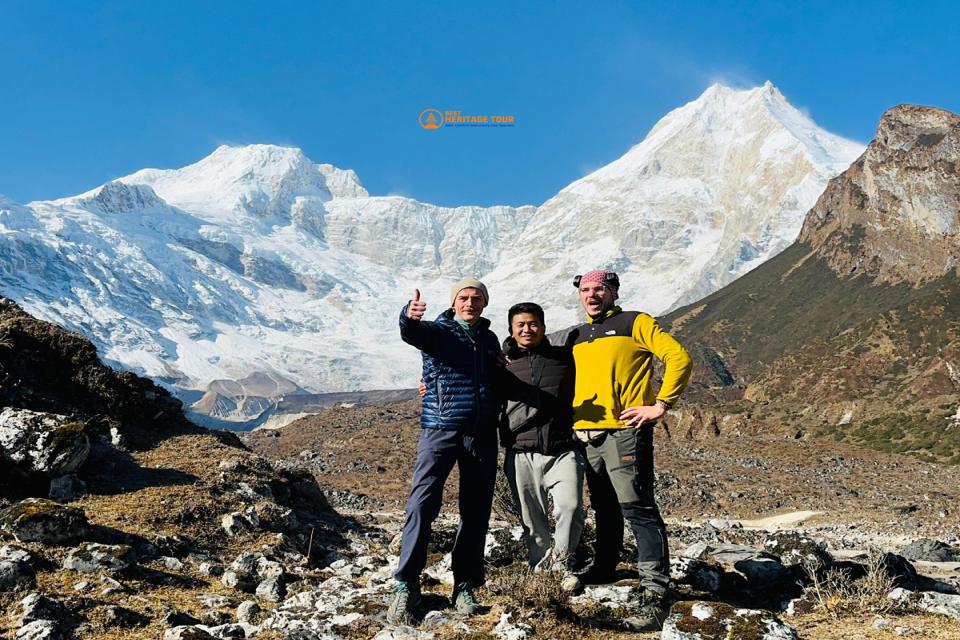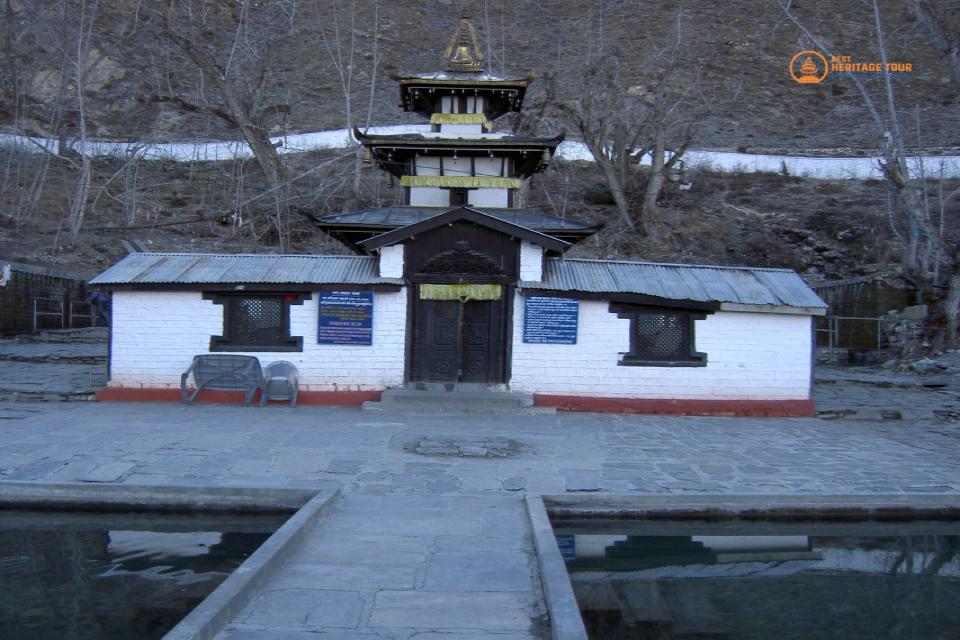Trekking in Nepal is an unforgettable adventure, with majestic mountains, lush jungles, and rich cultural encounters awaiting. But one small, squirmy intruder can dampen the experience: leeches. These blood-sucking creatures thrive in the country’s monsoon-soaked forests, waiting to hitch a ride on unsuspecting trekkers.
This complete guide will help you understand the leech problem and equip you with practical, eco-friendly, and effective tips to stay bite-free on your next Himalayan hike.
Understanding the Leech Problem in Nepal
- Why Leeches Are Common on Nepal’s Trails
Nepal's diverse geography includes dense subtropical forests and humid river valleys, perfect habitats for leeches. They thrive in moist, shady areas, especially during and after the monsoon season (June to September).
-
Regions and Seasons with High Leech Activity
- Annapurna Foothills (e.g., Ghandruk, Ghorepani): leeches are common in lower altitudes during monsoon.
- Langtang and Helambu Regions: leech activity increases in forested zones during summer.
- Chitwan and Eastern Hills: expect higher leech density, especially in humid jungle treks.
-
Leech Behavior and How They Attach
Leeches use vibration and smell to detect body heat and movement. They latch onto your skin or clothing using their sucker-like mouths, secreting an anesthetic and anticoagulant so you won’t feel them feed.
-
Myths vs. Facts About Leeches
-
Myth: Leeches jump from trees.
Fact: Leeches crawl from the ground or low foliage. -
Myth: Leeches suck a lot of blood.
Fact: They take a small amount and usually drop off after feeding. -
Myth: Salt or fire is the best removal method.
Fact: This can cause regurgitation, leading to infection.
-
Best Times and Places to Avoid Leeches
- Dry Season Treks: Timing It Right
The best time to avoid leeches is during the autumn (October-November) and spring (March-May) seasons. These periods offer clear skies, dry trails, and minimal leech activity.
- High-Altitude Routes With Low Leech Risk
- Everest Base Camp Trek
- Upper Mustang Trek
- Manaslu Circuit (above 2500m)
- Gokyo Lakes Trek
- Three Passes Trek
Leeches cannot survive in cold, arid climates, making these routes safer options.
- Treks to Avoid During Monsoon
- Annapurna Base Camp (ABC)
- Langtang Valley below 2500m
- Poon Hill Trek
These areas become leech hotspots during rainy months due to dense vegetation and heavy rainfall.
- How Climate Affects Leech Density
High humidity and frequent rains increase leech activity. Trails with poor drainage or waterlogged areas become breeding grounds. Warmer temperatures can also extend their active period.
Essential Clothing and Gear to Prevent Leech Bites
- Recommended Trekking Pants and Socks
- Full-length, quick-dry trekking pants (tuck into socks)
- Leech socks are a tightly woven fabric that prevents penetration
- Merino wool or synthetic socks are thick and moisture-wicking
- Leech-Proof Gaiters and Boots
- Gaiters: Cover ankles to knees; block access points
- Waterproof boots: High-ankle boots reduce skin exposure
- Choosing the Right Fabric and Colors
- Avoid dark colors like black or red, which attract leeches
- Choose light-colored pants and shirts to easily spot crawling leeches
- Use synthetic materials that dry fast and don’t absorb moisture
- Packing Anti-Leech Supplies
- Salt packs or saline spray (in emergencies)
- First aid kit with antiseptics and bandages
- Zip-lock bags for wet clothes to prevent contamination
Natural and Chemical Leech Repellents
- Popular Chemical Repellents That Work
- DEET-based sprays (e.g., 30-50% DEET)
- Picaridin-based repellents are odorless, skin-friendly
- Permethrin-treated clothing repels leeches and ticks
- Effective Natural Remedies Used by Locals
- Tobacco leaves soaked in water
- Neem oil mixed with coconut oil
- Turmeric powder applied to socks or shoes
- How to Apply and Reapply Repellents Properly
- Apply to socks, boots, and gaiters before trek
- Reapply every 4-6 hours or after heavy sweating/rain
- Avoid overuse on bare skin to prevent irritation
- Pros and Cons of Chemical vs. Natural Options
|
Type |
Pros |
Cons |
|---|---|---|
|
Chemical |
Long-lasting, highly effective |
May irritate skin, not eco-friendly |
|
Natural |
Safe for skin, eco-conscious |
Requires frequent reapplication |
Trekking Habits That Help You Stay Leech-Free
- Staying on Clear Trails and Avoiding Bushes
- Stick to wide, beaten paths
- Avoid overgrown, shady, or wet trails where leeches lurk
- Using Trekking Poles to Disturb the Ground
- Use poles to shake loose vegetation
- Alert yourself to moist areas ahead
- Avoiding Rest Stops in Damp or Shady Areas
- Choose sunny, dry spots for breaks
- Avoid sitting on logs or underbrush without checking for leeches
- Drying and Checking Gear Daily
- Hang wet clothes under sun
- Inspect boots, socks, backpacks daily
- Shake out sleeping bags and tents
What to Do If a Leech Attaches
- Safe and Hygienic Removal Techniques
- Don’t pull or use fire
- Use a flat object (credit card, knife blade) to slide under its sucker
- Detach from rear sucker first, then the mouth
- Cleaning the Wound to Prevent Infection
- Wash with soap and clean water
- Apply antiseptic cream and cover with sterile gauze
- Watch for signs of infection: redness, pus, fever
- When to Seek Medical Help
- If bleeding doesn’t stop within an hour
- If you develop swelling, fever, or allergic reaction
- If the leech was attached in sensitive areas (eye, ear, genitals)
- Tips to Calm First-Time Trekkers
- Leeches are harmless and not poisonous
- Bites may bleed but rarely cause serious issues
- Focus on prevention, not panic
Leech Prevention for Group Treks and Guides
- Educating Group Members in Advance
Inform your group about:
- Leech hotspots on the trail
- Clothing requirements
- Daily self-check routines
- Role of Trekking Guides in Leech Management
- Choose dry trails when possible
- Plan rest stops in safe zones
- Carry repellents and first aid
- First Aid Preparedness for Leech Encounters
- Keep antiseptics, gauze, cotton, and sanitary gloves in every guide’s bag
- Know how to respond calmly to leech fears
- Shared Strategies for Large Groups
- Walk in single file to reduce vegetation disturbance
- Assign a sweeper guide to monitor rear trekkers for leech issues
Sustainable Ways to Manage Leeches on Trails
- Avoiding Harmful Chemicals in the Environment
- Don’t dump DEET or salt directly on the trail
- Use eco-friendly repellents and dispose of waste responsibly
- Encouraging Eco-Friendly Trekking Practices
- Use reusable leech-proof gear
- Educate trekkers on minimizing trail damage
- Trail Maintenance and Drainage Solutions
- Improve trail drainage to reduce standing water
- Clear overgrown vegetation on popular trekking routes
- Supporting Local Initiatives Against Trail Pests
- Support community forest projects
- Partner with local NGOs that manage and maintain trails
Final Thoughts: Trekking Fearlessly Through Leech Territory
Leeches in Nepal are a seasonal nuisance, not a reason to skip your dream trek. With the right clothing, repellents, trail choices, and trekking habits, you can explore Nepal’s lush beauty without worry. Choose drier seasons, stay vigilant on the trail, and embrace sustainable practices. With this guide, you’re fully equipped to enjoy the Himalayas, bite-free and confident.
Ready to Experience Nepal’s Majestic Trails: Leech-Free and Worry-Free? Let Best Heritage Tour be your trusted partner for expert guides, seamless permits, eco-friendly trekking advice, and fully customized itineraries in 2026/2027. From Everest Base Camp and Gokyo Lakes to Annapurna and Langtang, we ensure your Himalayan adventure is safe, comfortable, and unforgettable.
Book Your Trek or Get More Information Now:
-
Phone/WhatsApp/Viber: +9779851149197 / +9779810043046
-
Email: bestheritagetour@gmail.com / info@bestheritagetour.com
-
Website: www.bestheritagetour.com
-
Location: Thamel Marg, Kathmandu, Nepal
Author: Best Heritage Tour
Date: 6th June, 2025

